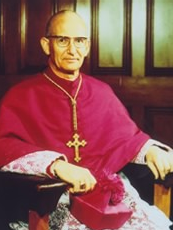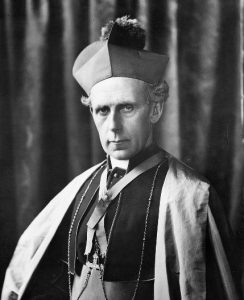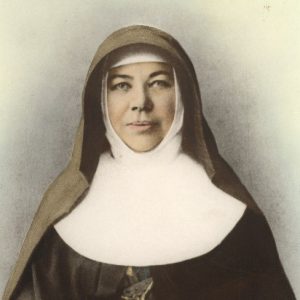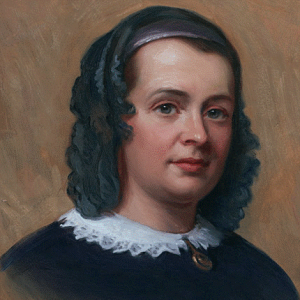KNOX, Cardinal Knox – Blue House
James Robert Knox was born on 2 March 1914 in Western Australia. His parents were both from Ireland.
He was ordained a priest on 22 December 1941 and on 13 April 1967 he was appointed Archbishop of Melbourne.
In 1970 he approved the extension of St Patrick’s Cathedral’s sanctuary.
He was created a Cardinal on 5 March 1973 and was a cardinal for 10 years.
He died on 26 June 1983 aged 69 and is buried in Melbourne.
MANNIX, Archbishop Mannix – Green House
Daniel Patrick Mannix was born on 4 March 1864 in Cork, Ireland.
He was a Catholic Archbishop of Melbourne and was known for his passion, character, academic knowledge, and his commitment to education.
He was appointed to Melbourne on 1 July 1912 and every day he would walk from his home, through Collingwood to St Patrick’s Cathedral giving money to the poor people.
On Melbourne Cup Day 1963, he collapsed, died the next day on 6 November; he was 99 years old.
The bell at St Patrick’s Cathedral rang 99 times to announce his death.
MacKILLOP, Saint Mary MacKillop – Yellow House
Mary Helen MacKillop was born on 15 January 1842 in Brunswick Street, Fitzroy. Six weeks later she was baptised and received the name Maria Ellen. Mary was the eldest of eight children.
At the age of 16, in 1860, she got a job as a governess. Mary then opened the very first Saint Joseph’s school in a disused stable in Penola. She suffered ill health and died on 8 August 1909 in the convent in Mount Street, North Sydney where she is buried.
Nearly one hundred years after her death, the Sisters of Saint Joseph are still working in many towns.
Mary was beatified by Pope John Paul on 19 January 1995.
CHISHOLM, Caroline – Red House
Caroline Chisholm was born in England on 30 May 1808.
As a young girl she was interested in helping and caring for people. Her parents were always willing to care for anyone who needed help.
Caroline was married in 1832 and arrived in Sydney, Australia in 1838. When she arrived, she was shocked to find many women without jobs, homes and living in terrible conditions. Caroline wanted to start a new home for unemployed women and find them jobs. She continued to travel around Australia and found jobs and shelter for about 11,000 young women.
In 1846, Caroline went back to England to work on another project for migrants. In 1877, she died peacefully at home in England, poor and almost unknown.
Australian history recognises Caroline as one of our greatest women and for more than 20 years her portrait was on the $5 note.

